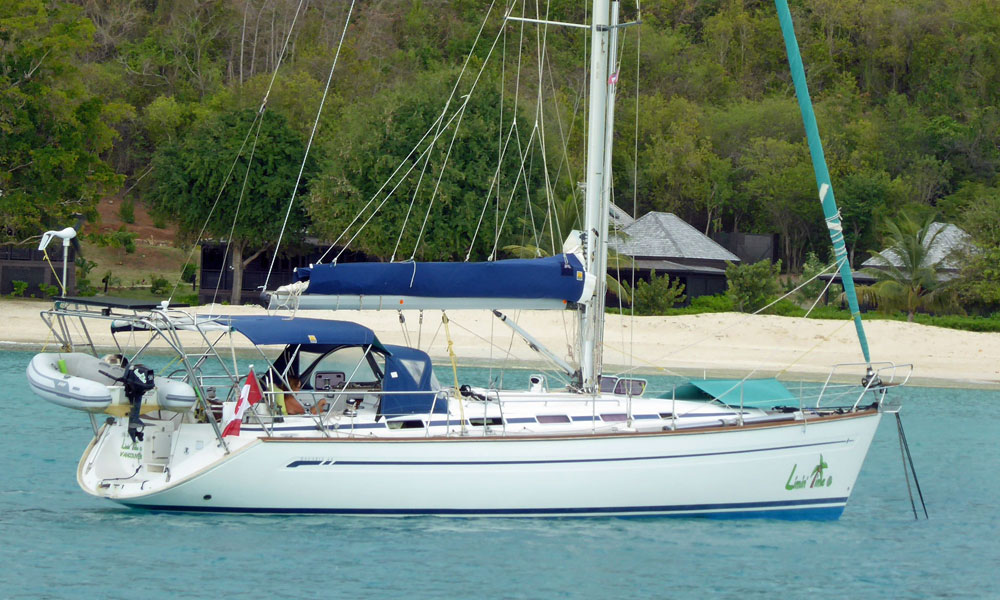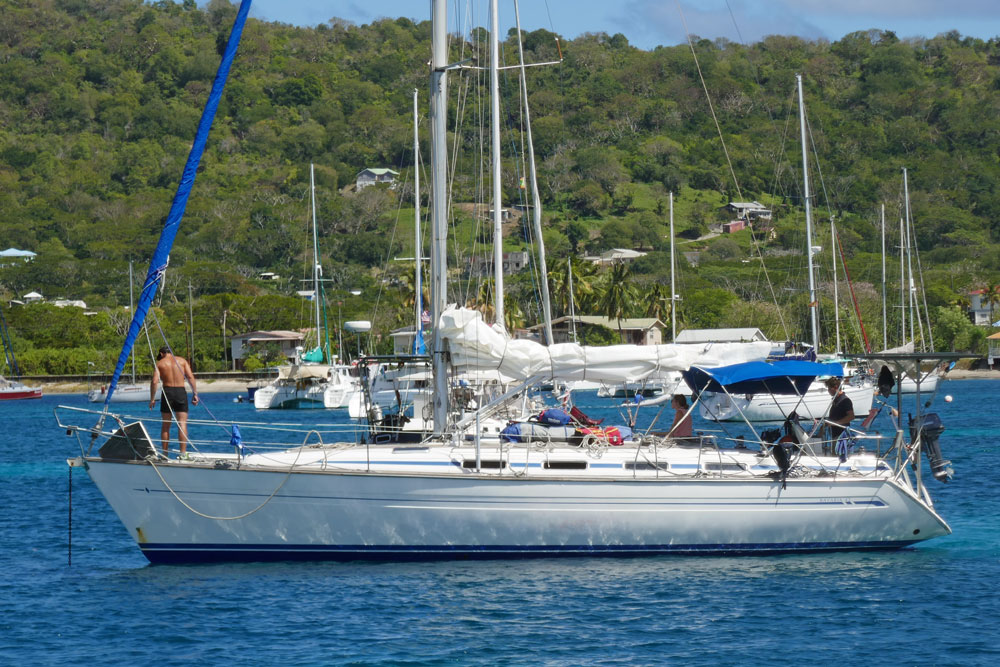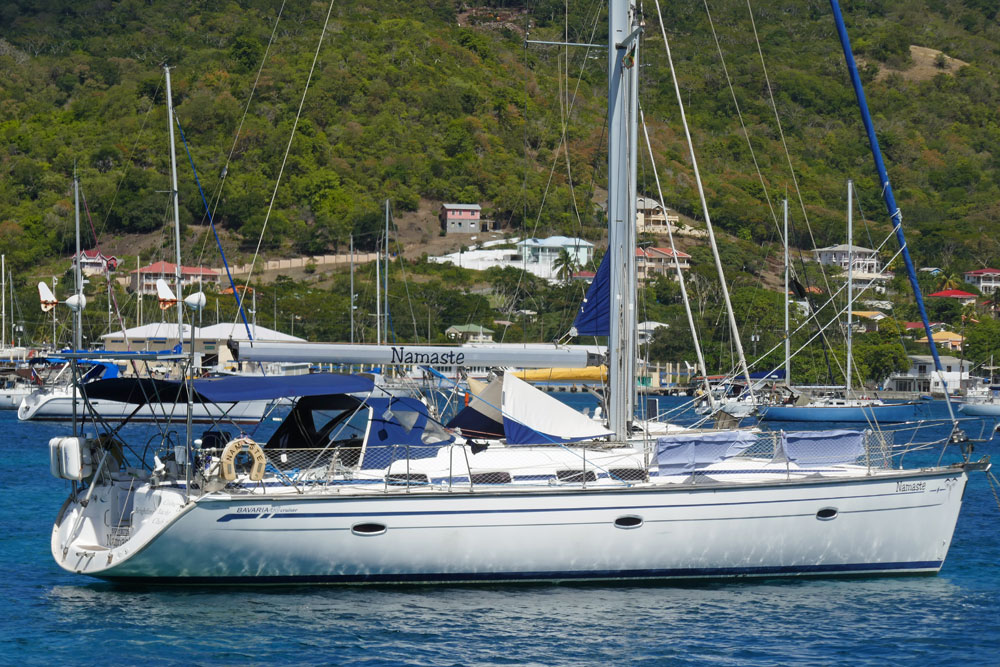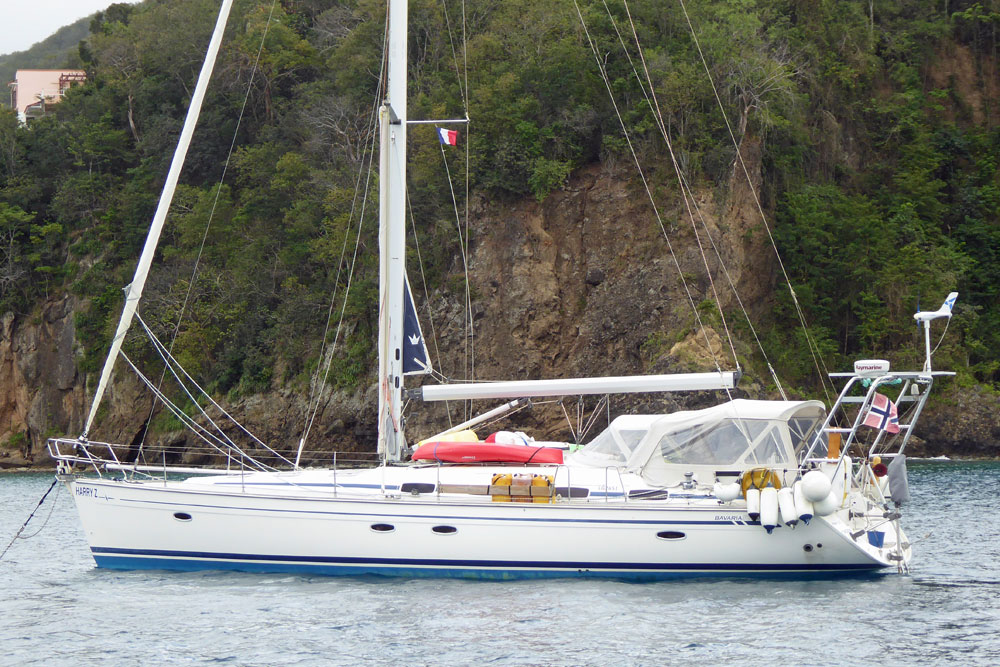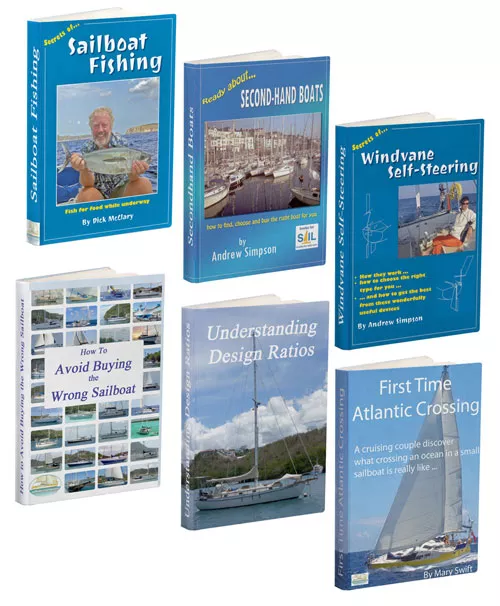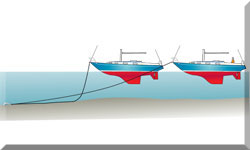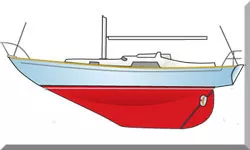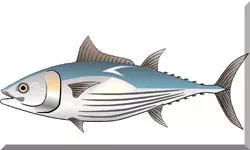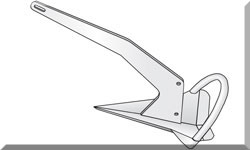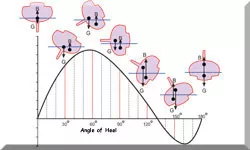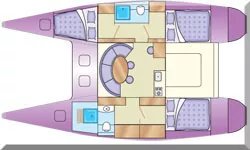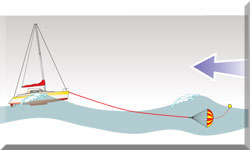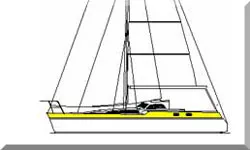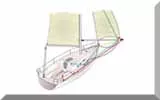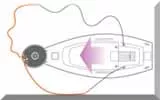- Home
- Cruising Yachts 45' to 50'
- Bavaria 44
The Bavaria 44 Sailboat
Specs & Key Performance Indicators
The Bavaria 44, an aft cockpit fractional sloop, was designed by J&J Design and built in Germany by Bavaria.
Published Specification for the Bavaria 44
Underwater Configuration: Bulb fin keel & spade rudder
Hull Material: GRP (Fibreglass)
Length Overall: 45'9" (14.0m)
Waterline Length: 37'6" (11.4m)
Beam: 13'10" (4.2m)
Draft: 6'5" (2.0m)
Rig Type: Fractional sloop
Displacement: 21,164lb (9,600kg)
Designer: J&J Design
Builder: Bavaria (Germany)
Year First Built: 2002
Year Last Built: 2004
Owners Association: Bavaria Owners Association
Options & Alternatives
Draft Options
- Deep Draft: The standard draft for the Bavaria 44 was around 6’5" (2.0m), which provides better performance and stability.
- Shallow Draft: There was also a shallow draft option available, typically around 5’0" (1.65m), making it suitable for cruising in shallower waters.
Interior Layouts
- Three-Cabin Layout: This layout includes three cabins, providing accommodation for up to six people. It features a spacious saloon, a well-equipped galley, and two heads (bathrooms).
- Four-Cabin Layout: This layout offers four cabins, accommodating up to eight people. It also includes a large saloon, a galley, and two heads.
During its production run, the Bavaria 44 sailboat saw a couple of alternative versions and updates:
Bavaria 44 Vision
- Enhanced Design: This version featured a more modern design with larger windows and a more spacious interior.
- Improved Comfort: It offered enhanced comfort with better interior layouts and more luxurious finishes.
Bavaria 44 Cruiser
- Updated Features: The Cruiser version included updated rigging and sail plans, making it more suitable for long-distance cruising.
- Modern Amenities: It came with modern amenities and improved systems for better onboard living.
Bavaria 44 Holiday
- Production Years: Early 2000s
- Design Focus: This version was designed with chartering in mind, offering robust and practical features.
- Interior Layouts: Typically featured a four-cabin layout to maximize accommodation, making it ideal for larger groups or families.
- Amenities: Included practical amenities for comfortable living onboard during extended holidays.
The Bavaria 44 Holiday was popular among charter companies and private owners looking for a spacious and reliable cruiser.
Published Design Ratios for the Bavaria 44
- A Sail Area/Displacement Ratio of 19.8 suggests that the Bavaria 44 will, in the right conditions, approach her maximum hull speed readily and satisfy the sailing performance expectations of most cruising sailors.
- A Ballast/Displacement Ratio of 31.3 would usually mean that the Bavaria 44 would have a tendency to heel excessively in a gust, and need to be reefed early to keep her sailing upright in a moderate breeze. However, as she has much of her ballast concentrated in a bulb at the foot of the keel, she's likely to be considerably stiffer than her published Ballast/Displacement Ratio might suggest.
- A Displacement/Length Ratio of 179 tells us the Bavaria 44 is clearly a light displacement sailboat. If she's loaded with too much heavy cruising gear her performance will suffer to a degree.
- Ted Brewer's Comfort Ratio of 24.6 suggests that crew comfort of a Bavaria 44 in a seaway is similar to what you would associate with the motion of a coastal cruiser with moderate stability, which is not encouraging news for anyone prone to seasickness.
- The Capsize Screening Formula (CSF) of 2.0 is on the cusp of suitability for an ocean passage, so venture offshore with caution.
Design Ratios: Notes of Caution...
- The Sail Area/Displacement Ratio (SA/D): This ratio provides an estimate of the sail power relative to the boat's weight, which can indicate potential speed in various wind conditions. But it doesn't account for the efficiency of the sail plan, the rigging, or the skill of the crew. Real-world performance can vary significantly based on these factors.
- The Ballast/Displacement Ratio (B/D): This ratio gives an idea of the boat's stability and stiffness, which is crucial for handling and safety. But it doesn't consider the distribution of the ballast or the hull shape, both of which can greatly affect stability. A high B/D ratio alone doesn't guarantee a stable boat if the ballast is poorly distributed.
- The Displacement/Length Ratio (D/L): This ratio helps predict the boat's speed potential and its behaviour in different sea conditions. But it doesn't account for the hull design or the boat's overall weight distribution. Two boats with the same D/L ratio can perform very differently if their hull shapes are different.
- The Comfort Ratio (CR): This ratio estimates the boat's motion comfort in a seaway, which is important for long passages. But it doesn't consider the boat's interior layout, which can also affect comfort. Additionally, personal tolerance to motion varies, so a boat that is comfortable for one person might not be for another.
- The Capsize Screening Formula (CSF): This formula assesses the likelihood of a boat capsizing in heavy seas, which is critical for offshore safety. But it doesn't take into account the boat's handling characteristics or the skill of the crew. A boat with a low CSF can still capsize if poorly handled in severe conditions.
General Limitations
- Static Nature: These ratios are static measurements and don't account for dynamic factors like wave action, wind gusts, or crew actions.
- Simplification: They simplify complex interactions into single numbers, which can be misleading. Real-world performance is influenced by a multitude of factors that these ratios can't fully capture.
- Context: The context in which the boat is used (e.g., coastal cruising vs. offshore racing) can greatly affect how these ratios should be interpreted.
In summary, while these ratios provide valuable insights into the theoretical performance characteristics of a sailboat, they should be used as part of a broader assessment that includes practical experience, sea trials, and expert advice.
This article was written with the assistance of Gemini, a large language model developed by Google. Gemini was used to gather information, summarize research findings, and provide suggestions for the content and structure of the article.
Other sailboats in the Bavaria product range include:
Recent Articles
-
Which Type of Boat Fridge Is The Most Efficient?
Apr 24, 25 05:06 AM
The top opening boat fridge is reputed to be more efficient than the front opening type, but that may not be the case - and here, amongst other boat refrigeration considerations, is why -
Multihull Autopilot Selection is Not Straightforward
Apr 19, 25 01:25 PM
Whether its for a catamaran or a trimaran, tiller or wheel steered, a multi hull autopilot must be endowed with specific performance characteristics... -
Wheel-Steering Autopilots: Your Questions Answered...
Apr 18, 25 03:45 PM
Whatever your question, you should find the answer here
